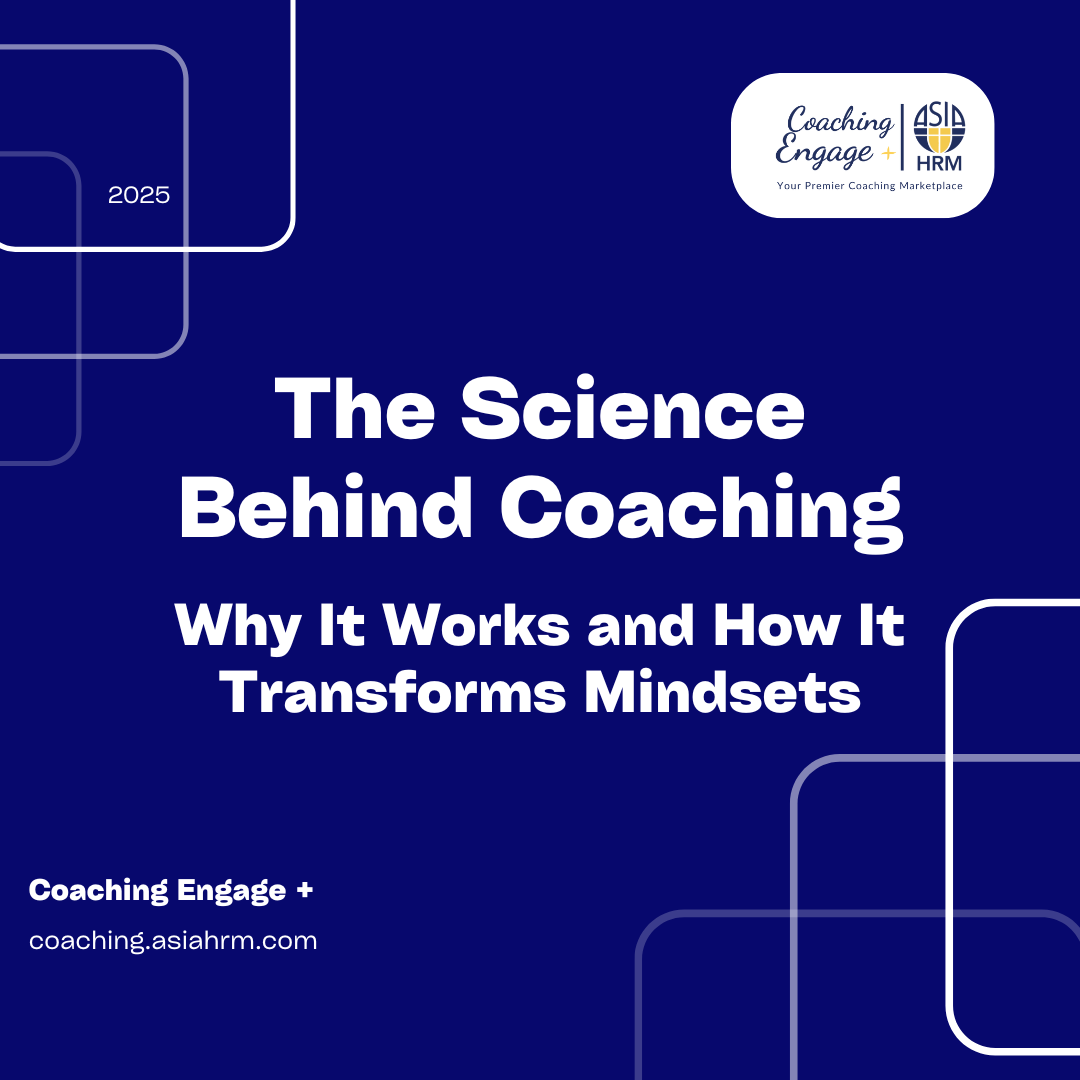Understanding the Science of Coaching
Coaching isn’t just a feel-good practice; it’s grounded in science. The science behind coaching explains why it’s such a powerful tool for personal and professional growth. From neuroscience to psychology, coaching taps into how our brains work, rewiring thought patterns, enhancing self-awareness, and driving lasting change.
When you engage with a coach, you’re not just having conversations—you’re activating areas of your brain responsible for:
- Neuroplasticity: The brain’s ability to form new connections and habits.
- Cognitive Reframing: Shifting negative thought patterns into empowering perspectives.
- Emotional Regulation: Managing stress and emotions effectively to improve decision-making.
Coaching Engage + leverages these scientific principles to help you achieve sustainable success. Learn more about life after coaching here.
Why Coaching Works: The Neuroscience of Change
At the core of coaching’s effectiveness is neuroplasticity. This refers to the brain’s ability to reorganize itself by forming new neural connections. Every coaching session stimulates this process, helping you:
- Break old habits
- Develop new ways of thinking
- Foster resilience and adaptability
Key Insight: The more you practice new thought patterns with the guidance of a coach, the stronger these neural pathways become. Over time, positive thinking and productive habits become second nature.
The Psychological Framework of Coaching
Coaching is rooted in evidence-based psychological theories such as:
- Growth Mindset (Carol Dweck): Belief that abilities can be developed through dedication and hard work.
- Positive Psychology: Focuses on strengths, well-being, and what makes life worth living.
- Self-Determination Theory: Emphasizes autonomy, competence, and connection as drivers of motivation.
When combined, these principles create a coaching environment that empowers individuals to take ownership of their growth and thrive.
Coaching in Action: Real-Life Transformations
Consider someone who feels stuck in their career. Through coaching, they:
- Identify limiting beliefs holding them back.
- Reframe negative thoughts into opportunities for growth.
- Develop actionable strategies to pursue new goals confidently.
This process isn’t magic—it’s the science of coaching at work.
The Journey Doesn’t End with Coaching
Coaching is the catalyst, but the real transformation continues long after your sessions end. Discover how to sustain growth beyond coaching: Life After Coaching.

